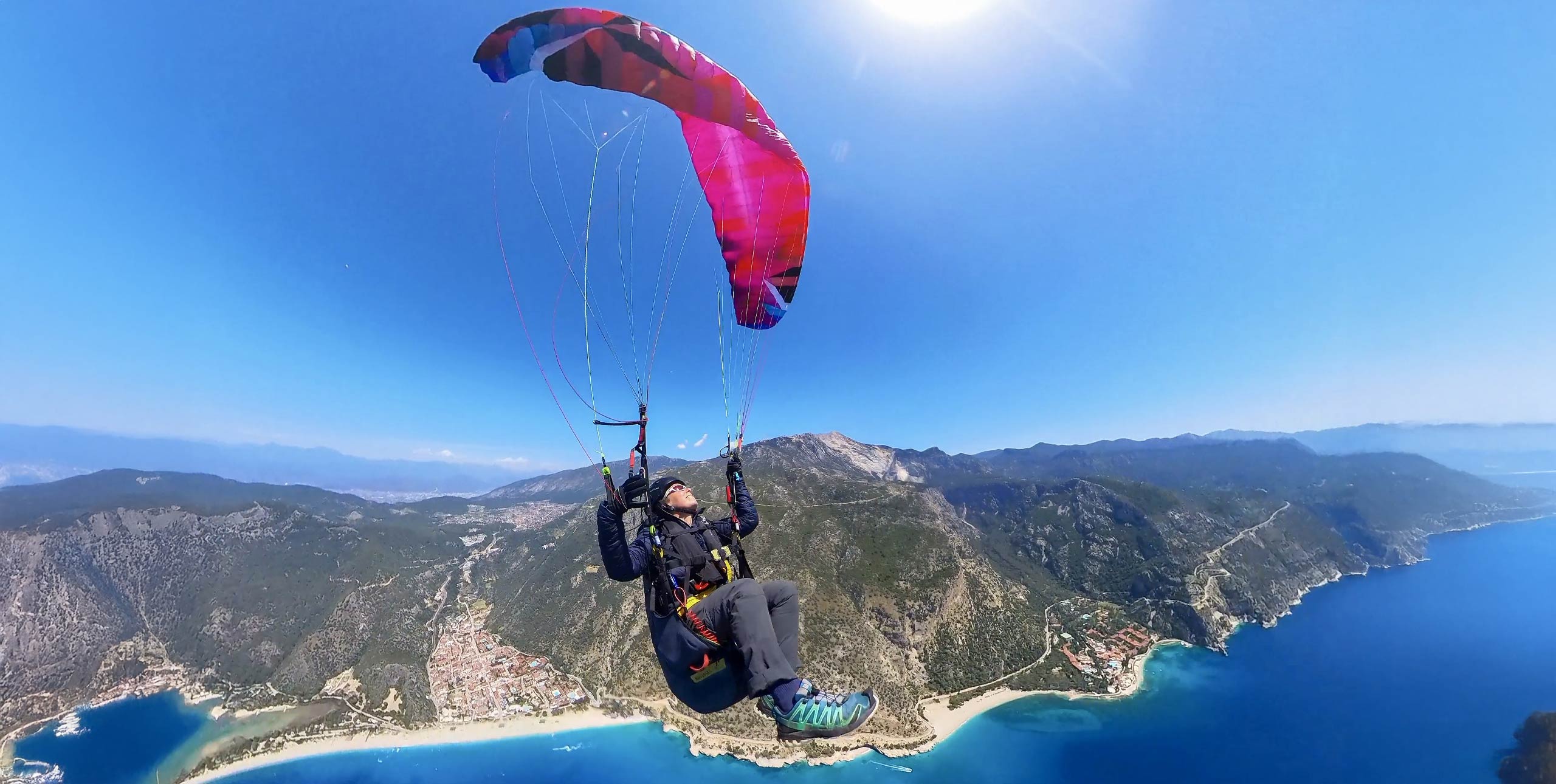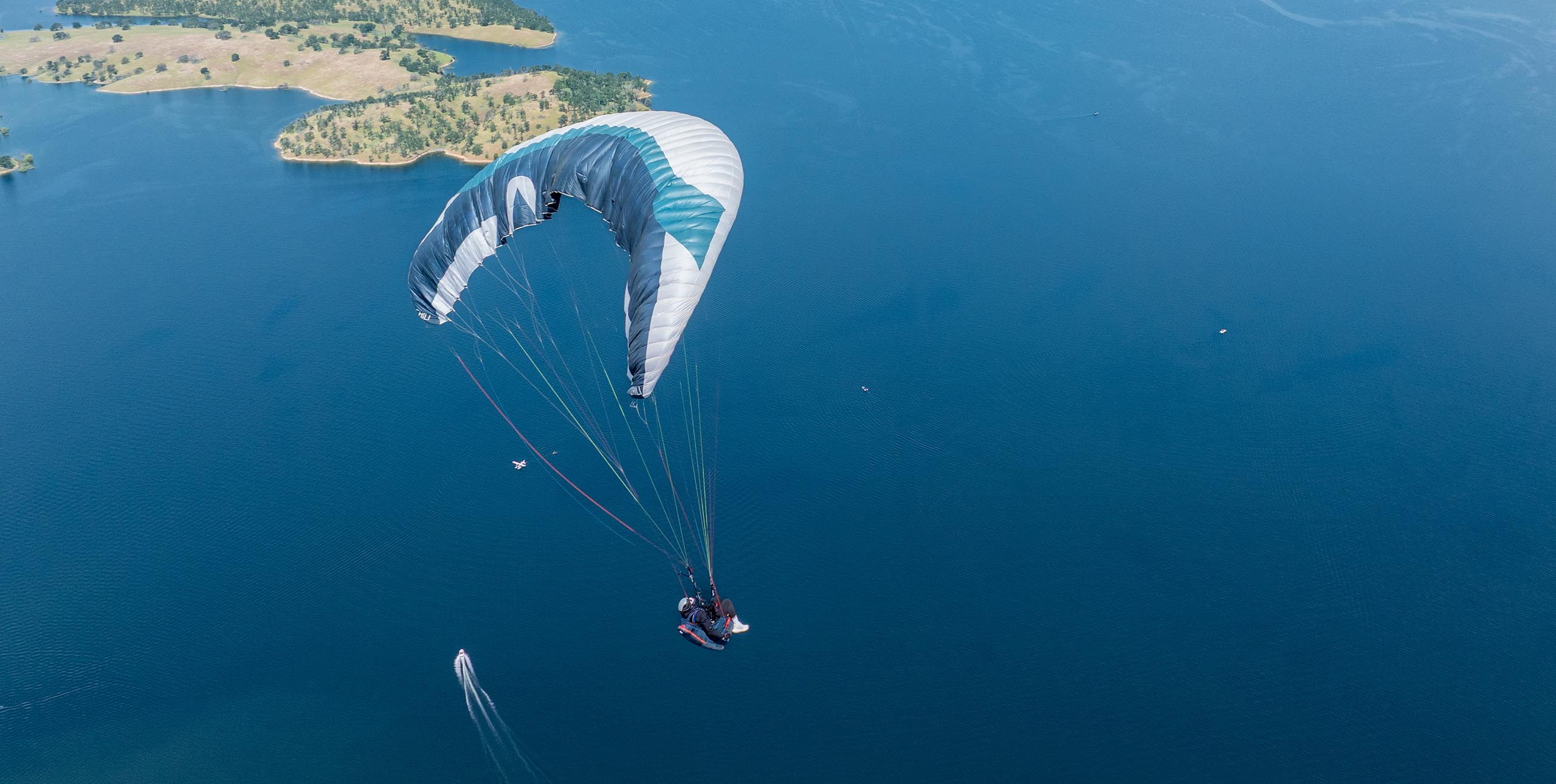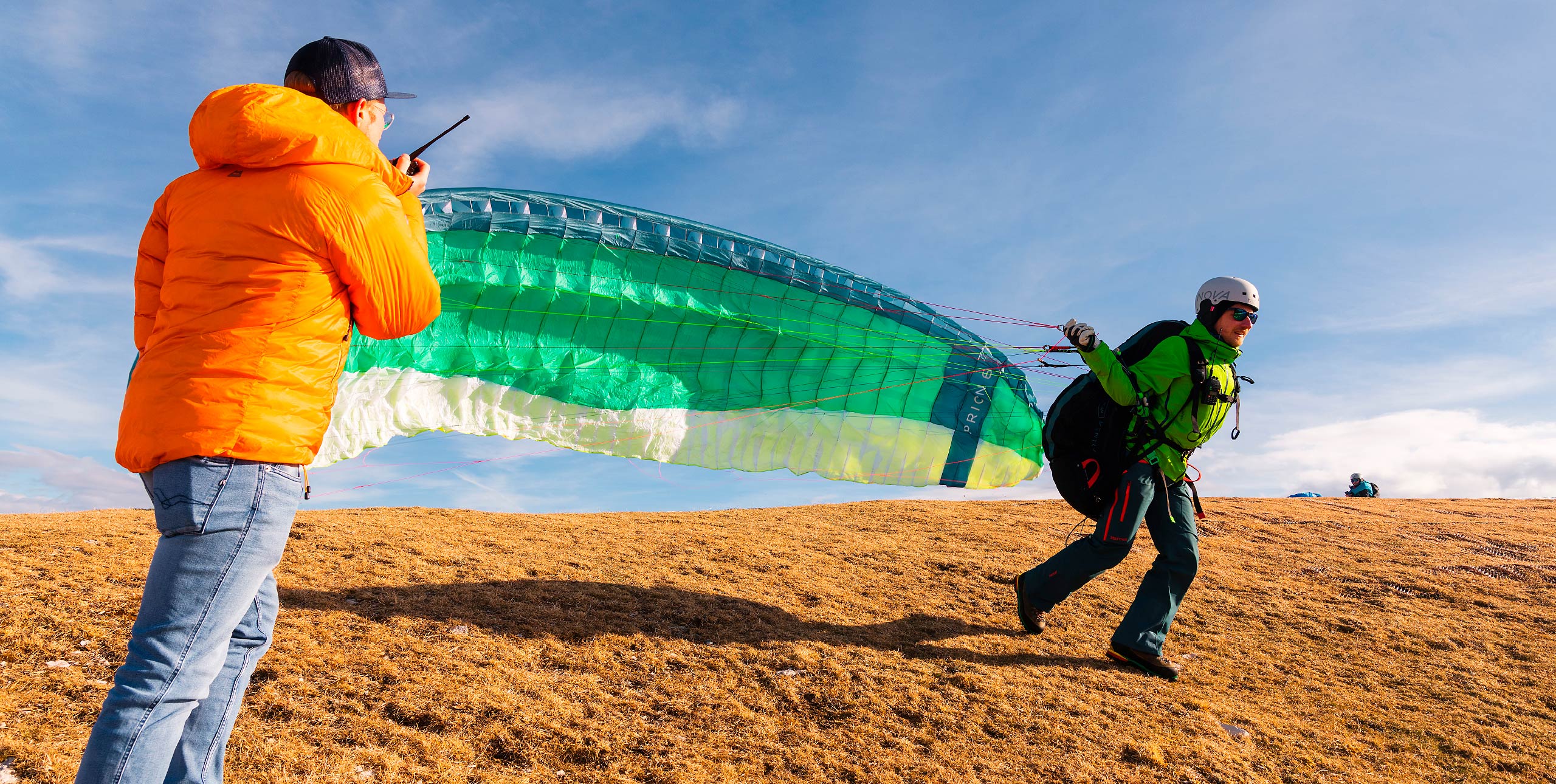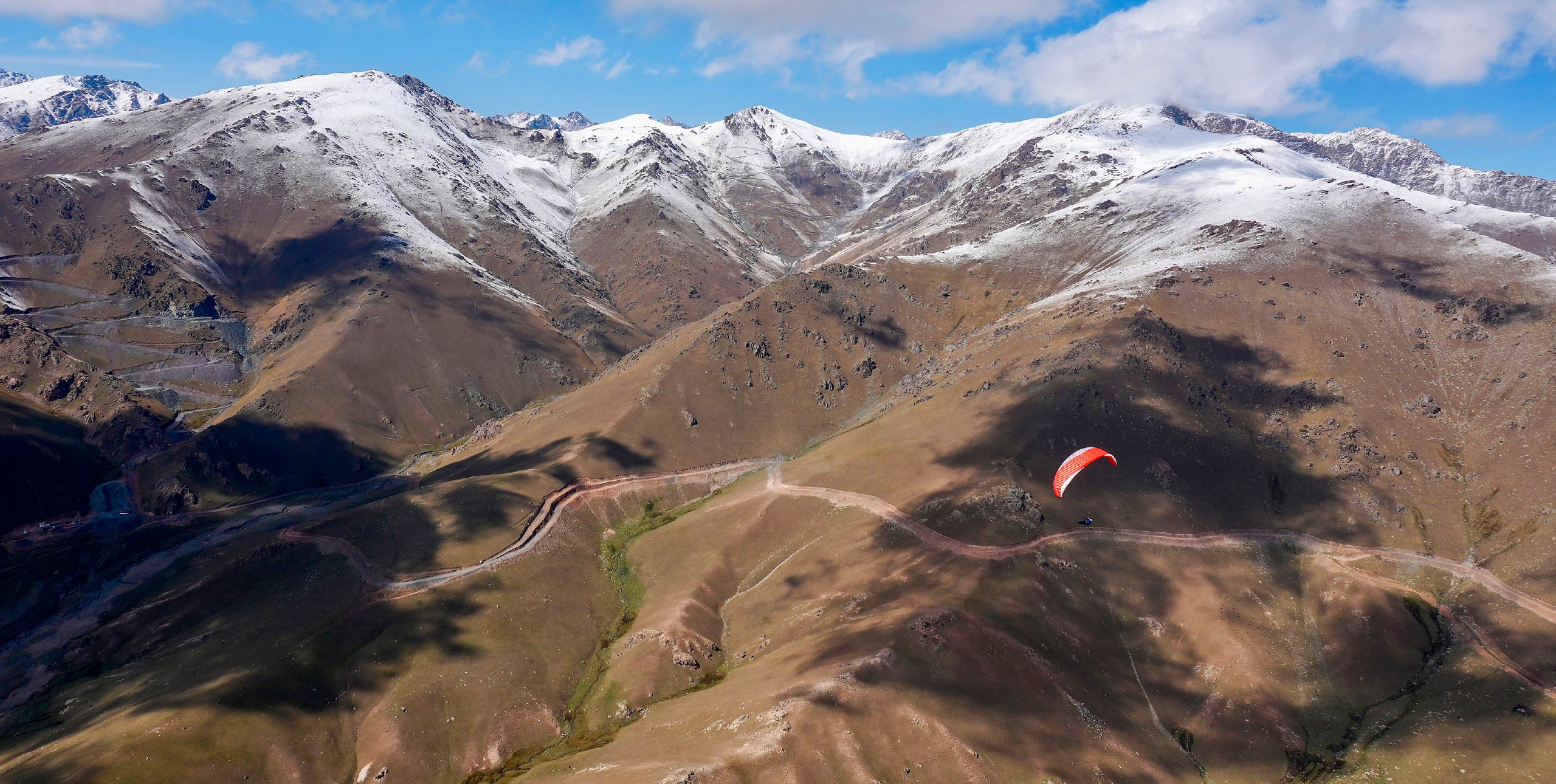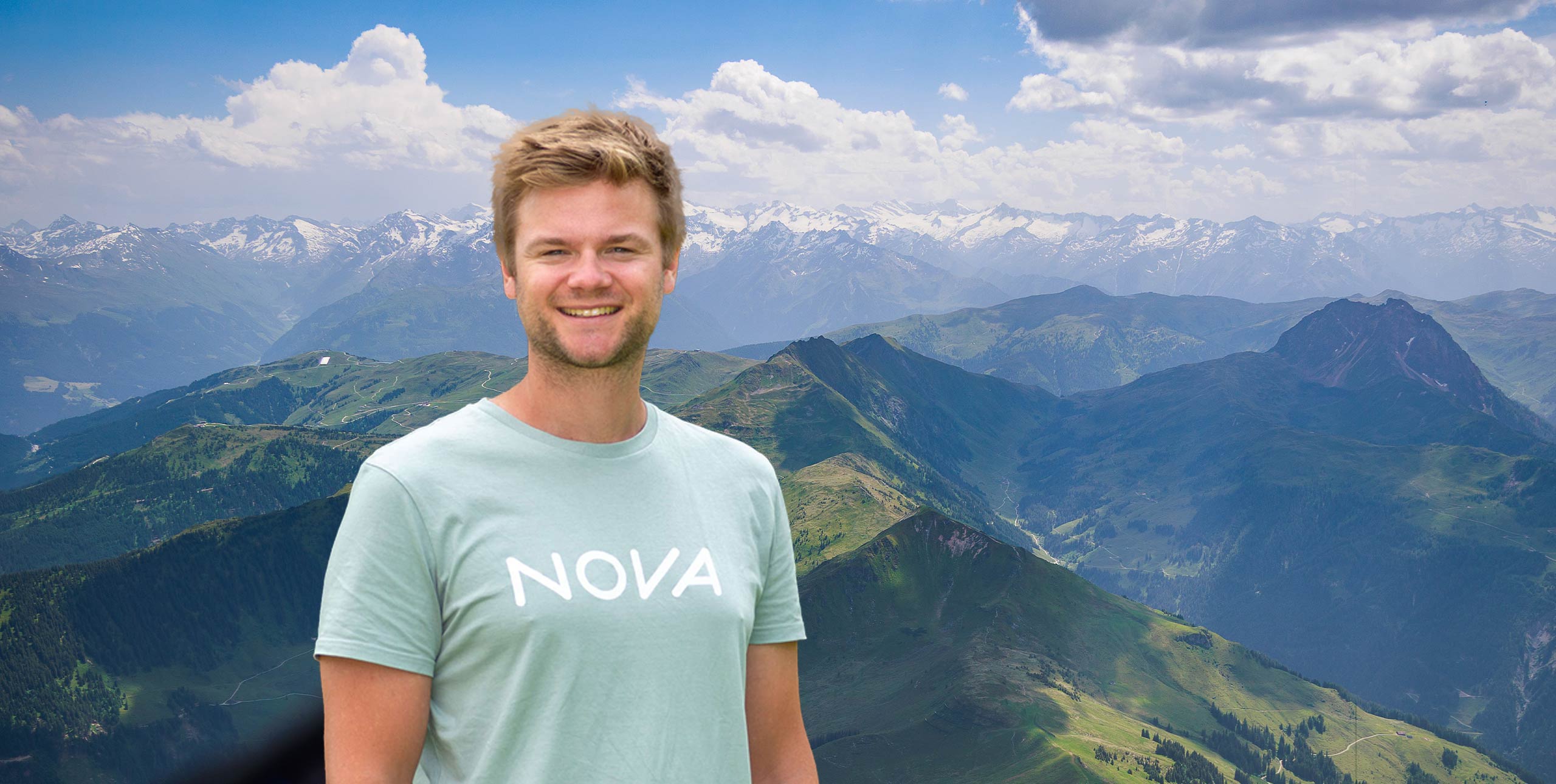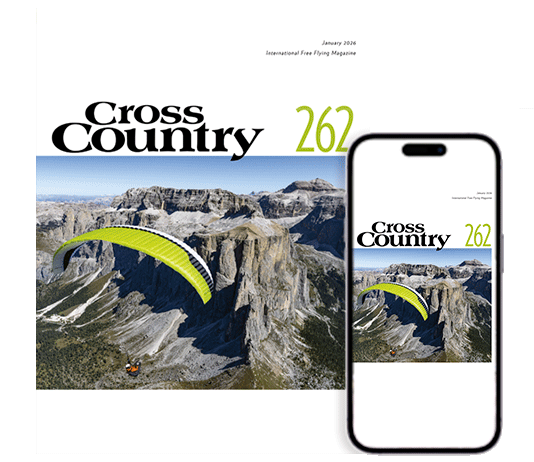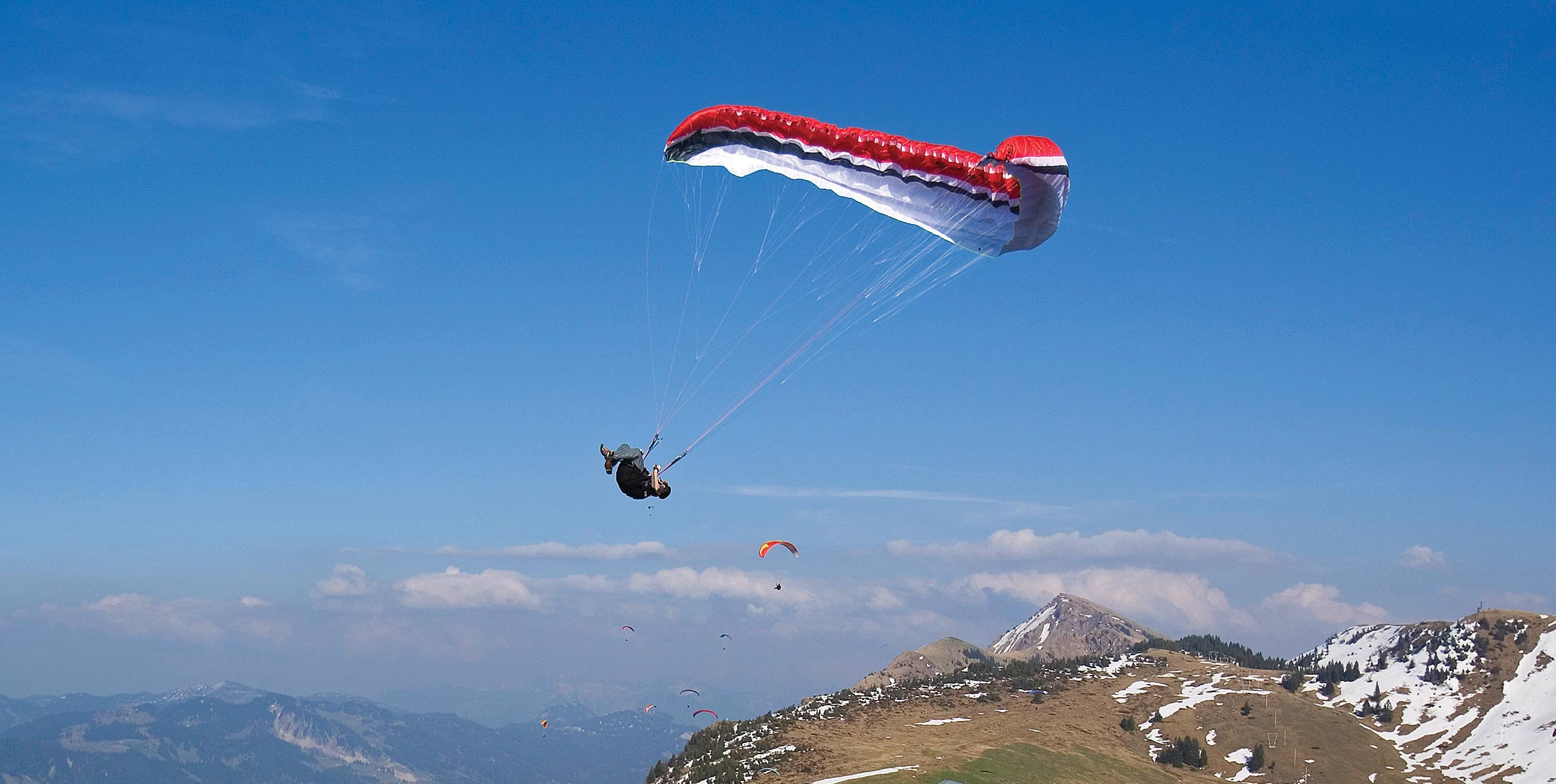
By Malin Lobb
When we teach SIV at Flyeo paragliding school we are looking for four fundamentals from the pilot, skills that mean the pilot can deal with any situation they are faced with. To gain these fundamentals you don’t need to do any of the more extreme manoeuvres, or stall the glider, if you do not wish.
Trust the harness
Trusting your harness means using your harness as it was designed. It is the foundation of the fundamentals and until dealt with you will find it almost impossible to gain all of the other skills.
Imagine a rally-car driver sitting on one of those large inflatable exercise balls instead of a bucket seat: as they speed around corners they are going to lose their balance and try to grab something to regain their balance. They are going to use a lot of core strength to maintain their balance and their hands will not be 100% dedicated to steering as they will be trying to balance.
Now imagine the same driver strapped firmly into a bucket seat: their balance is taken care of, they are fully supported so can relax their body and their arms are completely free to steer.
Our paragliding harnesses are exactly the same: the second we tense up and try and sit more upright we lose contact with the harness and our backs are no longer supported. It is then that balance comes in to play – and our natural instinct is to use our arms to balance, which is a big problem as we have the brakes in our hands. By trying to regain balance we can inadvertently pull large amounts of brake, creating a secondary event.
Dissociation of arms
This goes against our natural instincts – to fall without putting our arms out. This notion is hard for us to overcome as it is so ingrained in us, but it is crucial to piloting a paraglider.
In everyday life if you ever exceed a 30-degree angle your instincts kick in and your arms will come out to catch your fall. We all know the feeling of leaning too far back in a chair and suddenly losing our balance: your arms will flap around and shoot out to catch your fall.
Unfortunately you will behave exactly the same way when you exceed your tilt angle in flight, or when you feel you are losing your balance. To dissociate our arms becomes far easier when we start to trust our harness. When we are fully supported and know that our harness has got us, we can then let our bodies fall with the knowledge we are safe.
Full use of the whole brake range
You may have heard the saying that most pilots only use about 30% of their brake range, but I would say it is much less. A lot of pilots are timid with their brakes and don’t want to venture near the unknown stall point, ie they don’t use from 30%-100% brake.
What that doesn’t take in to account is that a lot of pilots don’t ever put their hands right up to the pulleys. Therefore they are not using from 0%-15% either.
The latter (0%-15% brake) causes much more problems from a recovery point of view. I’m sure most of you have seen YouTube videos of someone having a cascade and when they take their hands off their brakes to throw their reserve the wing starts to fly again. This shows how crucial it is to be able to utilise the higher range of the brakes, and why we have to focus on it a lot in our courses. In fact, it is such an important skill we won’t let you progress to stalls unless you can demonstrate that you can put your hands right up to the pulleys in different situations. That sounds easy right? Unfortunately it’s fighting against our natural instincts again. When we are in a stressful situation we want to grab hold of something, which can lead to us pulling more brake to feel some tension in the line to make us feel more secure.
Not only this but we are also working on our psychology. To put your hands up you are giving the wing its full power: this is exactly what we need to regain flight, but when you are in that situation it is hard to say, “OK wing, I’m going to give you full power but I have the ability to take it all away from you again in an instant”. It takes no more skill to put your hands right up before catching the dive, but very few people would do it naturally as it goes against our instincts… it is all in the head.
Situational awareness
Without this fourth fundamental you would be lost as to when to use the other three. Situational awareness can only be gained from training. Repetition solidifies the sights, feelings and movements to help you map out where you are in a 3D space. Not only that but it allows you to see into the future. “When this happens or I feel that, this will happen next.” The ability to know what is going to happen next, how it is going to feel, what you are going to do, removes all of the surprises and keeps you in control at all times as you will be ready with the correct input.
Finally, there is a fundamental not listed above that oversees all the others, it controls all of our actions and thoughts. It is of course the mind. Our mind controls our physical actions and it is important for our flying progression that we train not only physically but mentally. I hope to look at this in more detail in future articles.
Malin Lobb teaches SIV and cross country flying with Flyeo in Annecy, France. A regular on the Paragliding World Cup circuit and a founder of the British Paragliding racing Academy, he likes focusing on pilot development and progression.
This article was published in Cross Country Magazine issue 189 (May 2018)


